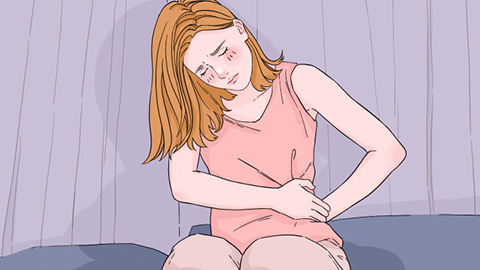Is dysmenorrhea congenital or acquired?
Generally, dysmenorrhea may be congenital or acquired, and the specific cause should be determined based on individual circumstances. Detailed analysis is as follows:

If menstrual pain has been present since menarche, occurs regularly during every menstrual cycle, maintains a relatively stable intensity, and no gynecological conditions such as endometriosis or adenomyosis are found upon examination, the condition is usually related to congenital factors. These may include excessive retroversion of the uterus, cervical stenosis causing poor menstrual flow, or naturally elevated levels of prostaglandins that stimulate uterine contractions. This type is known as primary dysmenorrhea and can be alleviated through daily self-care measures without requiring treatment for organic diseases.
If there was no significant pain during menstruation at menarche, but dysmenorrhea developed later due to factors such as intrauterine procedures or infections, with progressively worsening pain, possibly accompanied by increased menstrual flow or prolonged periods, and gynecological examinations reveal conditions like endometriosis or pelvic inflammatory disease, this is classified as secondary dysmenorrhea caused by acquired factors. In such cases, simple self-care measures are insufficient; effective pain relief requires treating the underlying disease first.
During menstruation, maintain warmth and avoid chilling the abdominal area; applying a hot water bottle to the abdomen can help. Choose mild foods and reduce intake of raw, cold, spicy, or irritating foods. Ensure adequate rest and avoid strenuous exercise and excessive fatigue. If pain is noticeable, gentle stretching or walking may help promote pelvic blood circulation and relieve discomfort caused by uterine contractions.




